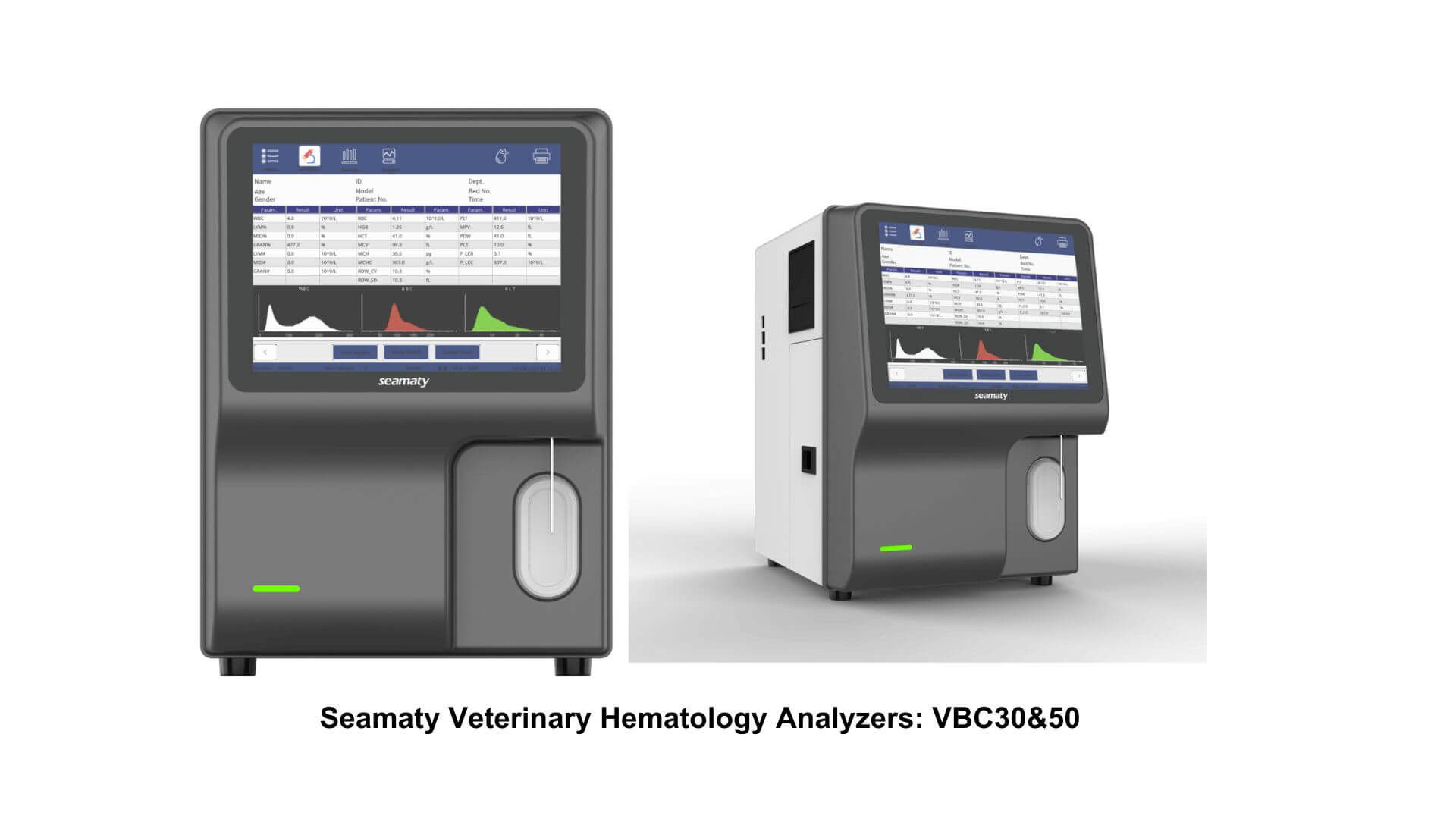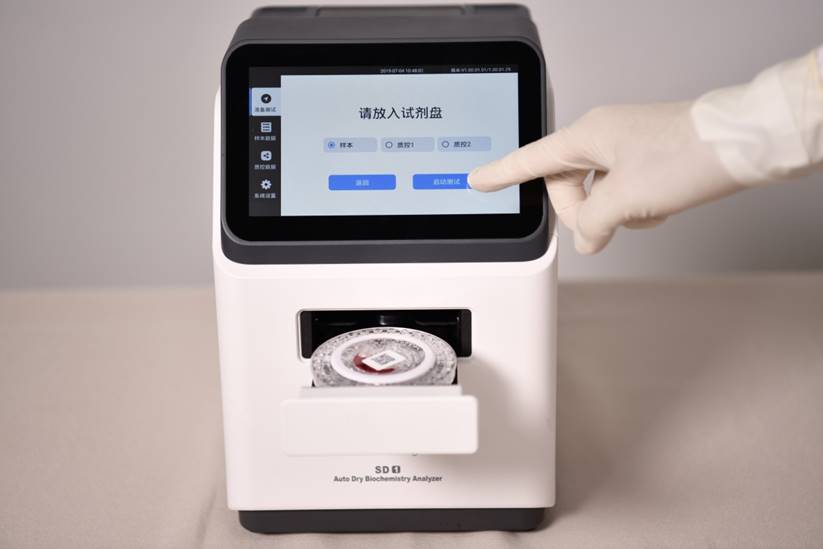release time:2021-11-10 11:42:38

The biochemistry analyzer is a medical device mainly for blood samples. The correct collection of blood samples is critical to the accuracy of the test results. Therefore correct blood collection is very important.

2023-07-19
Discover the top 5 reasons why Seamaty Veterinary Hematology Analyzers are essential for your clinic. Enhanced diagnostics, cost-effectiveness, user-friendly design, space-saving solution, and broad applicability await!

2022-03-17
Molecular diagnostics belongs to the field of in vitro diagnostics. Unlike clinical biochemistry, immunology, haematology and microbiological testing, molecular diagnostics is more mature in China and has a stable upstream and downstream system.

2021-12-09
Biochemistry analyzers are mainly used to determine various chemical components in human serum. For example, liver, kidney, cardiac enzymes, blood glucose, blood lipids, ions, etc. Biochemical tests are common tests in hospitals. Chemistry analyzers can be divided into wet chemistry analyzers and dry chemistry analyzers.